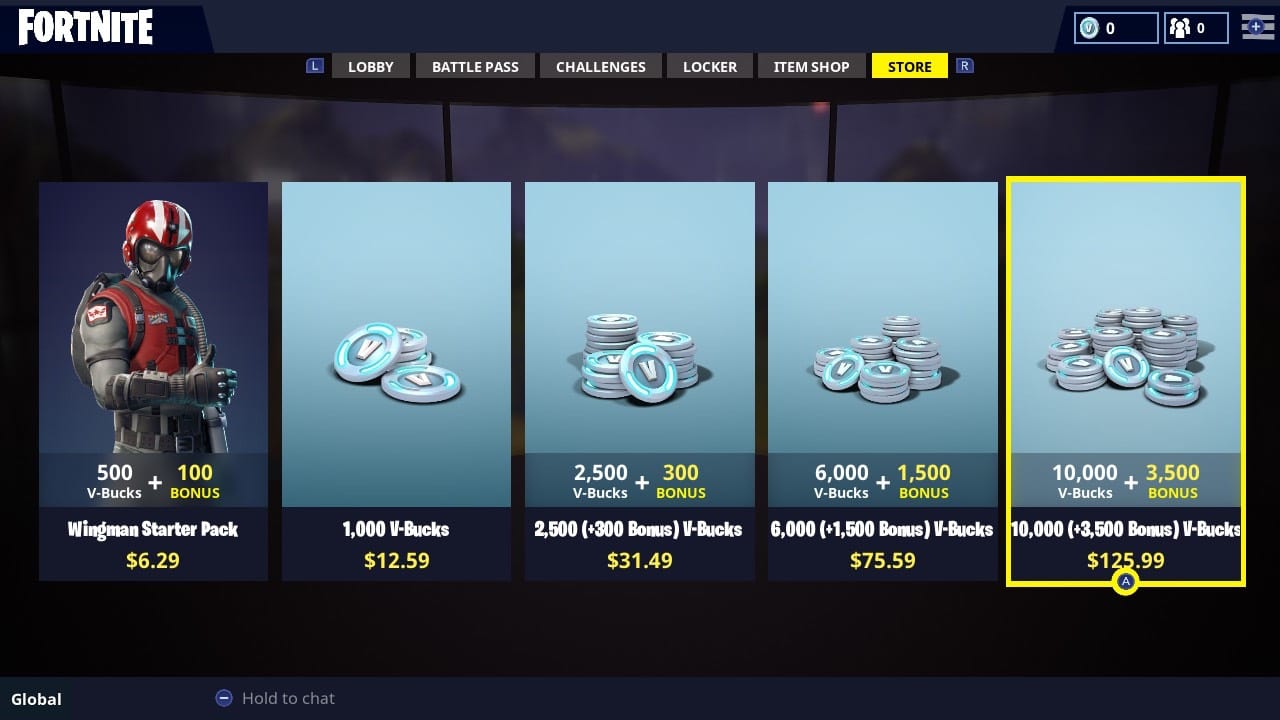The second radio column for my new series on CBC Radio’s Ottawa Morning. This time around Hallie Cotnam and I talk about Fortnite’s upcoming “Season 5” and the overall implications of the game.
What is Fortnite?
Fortnite is a co-operative online battle game published by Epic Games. When people refer to “Fortnite”, they are most commonly referring to “Fortnite Battle Royale”. This mode is a free-to-play version where up to 100 players share the arena in a variety of competitions.
Battle Royale is available on PS4, Xbox One, Nintendo Switch, PC & Mac, and mobile. Basically, if it’s a connected screen, you can play Fortnite Battle Royale on it.
And people are…in droves.
125 million or more players as of the latest numbers published January 2018. The game shows no signs of slowing down as revenues are up and “Season Five” launches on July 12th.
Gameplay
The gameplay isn’t new, what’s unique about Fortnite is the combination of features and how they are balanced. Games are quick (<25 minutes) and the ever decreasing map size keeps players engaged.

Fortnite contains a variety of modes to help keep game play fresh. Team games will often take advantage of the in-game voice chat to help player co-ordinate their efforts.
The games unique visual style, smooth controls, and the ability to “build”—stairs, walls, and other structures during gameplay—make for a well tuned experience that keeps players coming back.
Addiction
But is that the only thing keeping players coming back?
There have been many reports of kids becoming addicted to this action hit. Why? What is it about Fortnite that is triggering this addiction vs. a game like Super Mario Odyssey (a near perfect game).
Surprisingly, it’s not any tricks or manipulative game play mechanics.
A rash of smartphone games and apps are purposefully built using “dark pattern” interfaces to ensure that users are hooked. These apps and social networks with constant notifications have become such a significant problem that both Apple and Google have taken steps to build user protections into their operating systems.
That’s not the case with Fortnite.
Is Fortnite addictive? Absolutely.
But only because it’s a well built game with a strong community around it. The culture of watching matches after bowing out or on via livestream adds to it’s appeal.
Don’t believe me? What other game has swept the NBA? What other game had 200,000+ viewers watch Drake play? It’s a phenomenon and that’s hard to resist…especially for children.
Updated: Here’s a great post from Patricio O’Gorman on the mechanics of Fortnite’s addictive gameplay.
Business Model
What steps Fortnite truly apart is the refinement of it’s business model. Fortnite is a money making machine rumoured to have taken in nearly $300 million in April and another $318 million in May of 2018.
That tops even Supercell’s stable of games—Clash of Clans, Boom Beach, Hay Day, and Clash Royale—which together average about $190 million per month in revenue. Interestingly, each of those games is designed to force players to pay in order to compete.
Fortnite kicks traditional thinking about in-app purchases and microtransactions to the curb. That is a very, very positive thing.
You can legitimately compete in Fortnite Battle Royale without spending a dime.
Season passes offer a reasonable (~$10 for 3-4 months of access) method of supporting the games continued development and operations while providing access to new modes and some aesthetic rewards.
The game itself uses an in game currency called “V-Bucks”—short for Vinderbucks—which can be earned or purchased for real world money.

Wealth in Fortnite allows you to change the look of your character, their equipment, and “emotes” (the dance moves you seen frequently in YouTube videos about Fortnite). If you want to look cool in the game, you need to shell out some real world money.
Given the game’s social aspects, this is a critical motivation.
Overall, Fortnite seems to be large scale proof that “free-to-play” games can be both fair and profitable. That’s a rare example and hopefully one followed frequently.
Parental Warning
From a parent’s perspective, Fortnite can still be a challenge. There is social pressure to invest real-world money in digital assets, balancing screen time can be a challenge, and—depending on the age of the children—the violent aspects of the game may be an issue.
If you’re looking for some advice and clarity around the parenting aspects associated with Fortnite, I recommend is Common Sense Media as a trusted resource. They have a solid explanation of the game for parents.
From my perspective, there are four key takeaways for parents;
- The game can be addictive due to general enjoyment and social pressures. Like anything fun, children (and adults) can have a hard time stepping away
- Perceived social standing is strongly tied to online appearance which in turn is tied to real-world money. Be prepared for that conversation
- On most platforms, the game offers unmoderated voice chat. All of the usual challenges apply
- There have been a rash of malware attacks linked to various “helper” apps for Fortnite. Cybercriminals are targeting people looking to get ahead. Most of these apps are fake and cheaters never prosper. Stick to the official game!
Positive Example
If you only see the repeated headlines about the game, you might assume that Fortnite is designed hook players and make as much money from them as possible.
And why wouldn’t you?
Gaming has been struggling with microtransactions/in-app purchasing for years. It’s easy for studios to cross the line and fail to find balance between a good game and a sustainable business.
But that’s not Fortnite. Yes, they are making money but that’s a good thing. That should give the game the foundation it needs to continue.
The upside is that gamers do not need to shell out money every time they play. There’s a balance here and it’s good for everyone that the team at Epic Games has found it.
Now if I could only last longer than a few minutes in game…